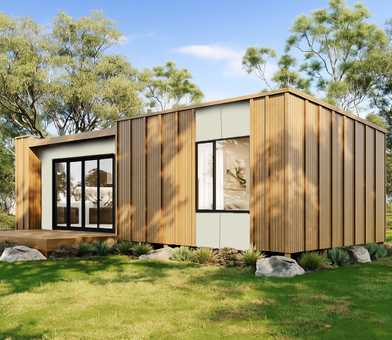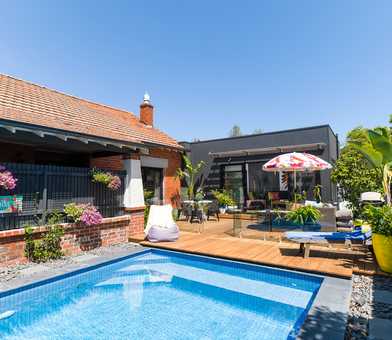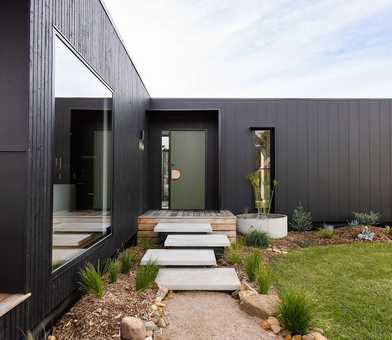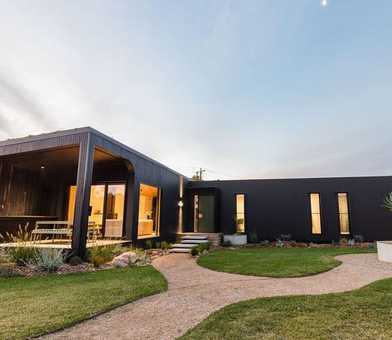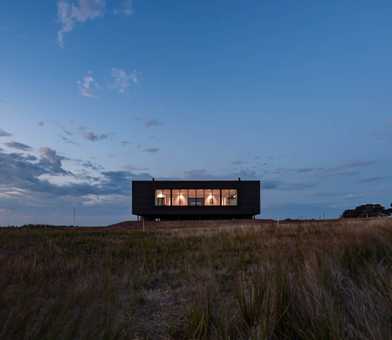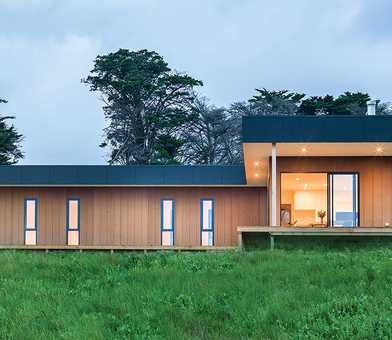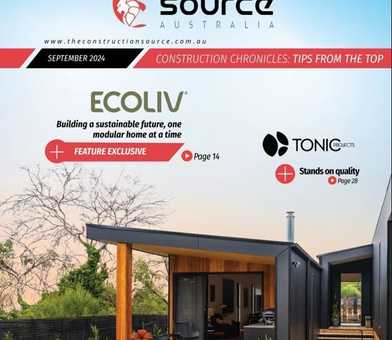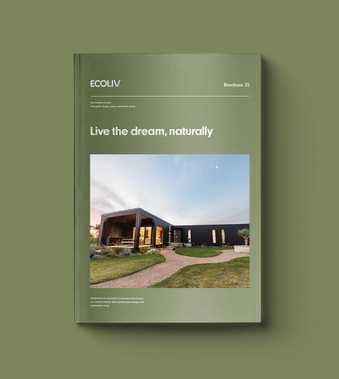Ecoliv is dedicated to designing and constructing prefab modular homes where sustainable living aligns with the diverse climates of Australia. We explore the connection between architecture and the environment and the core principles of climate-responsive design, in creating homes that effortlessly blend comfort, sustainability, and adaptability. We are committed to constructing homes that stand resilient, ensuring occupants experience not just shelter but a sustainable way of life tailored to the unique Australian landscape.
Sandy Point Project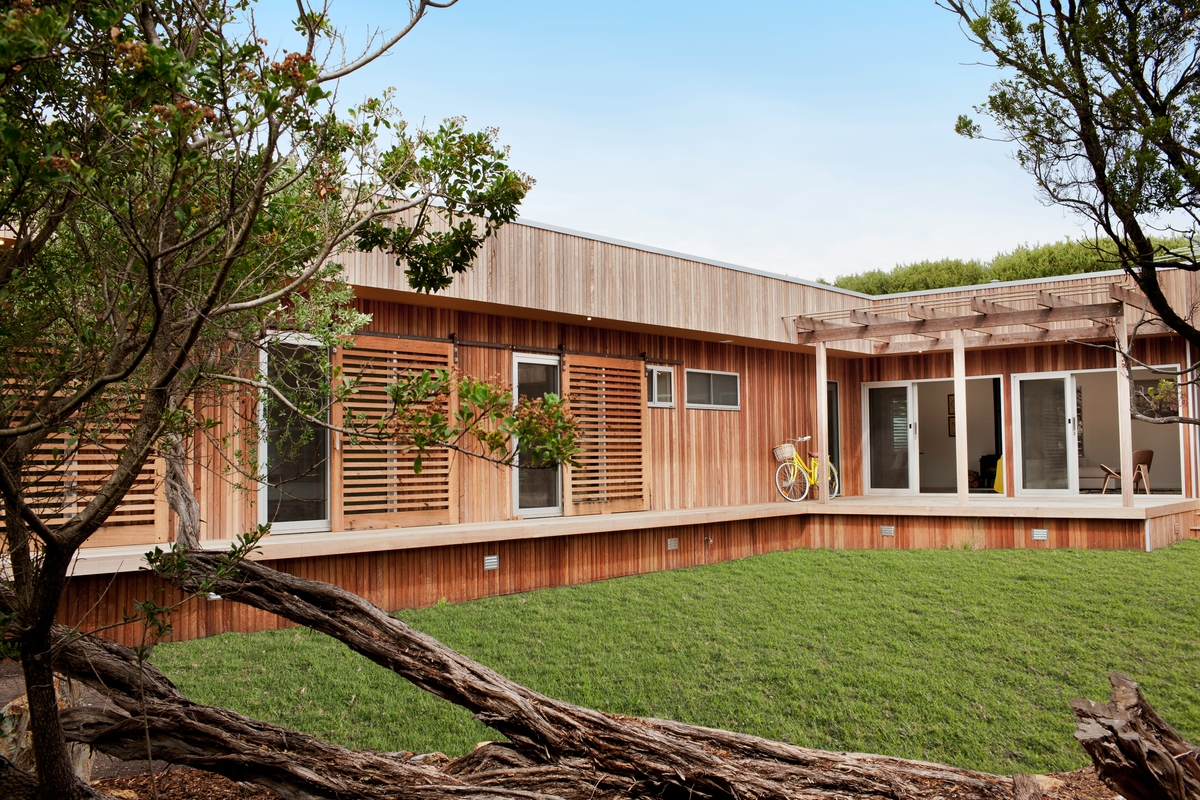
Climate design is an architectural philosophy focused on crafting energy-efficient buildings tailored to their specific locale. In essence, it involves creating structures that collaborate with the local climate to maximise occupant comfort using minimal energy. This approach considers factors such as seasonality, solar pathing, natural shading, ambient humidity, and rainfall patterns. The key lies in the strategic use of passive design strategies, where the building's form and materials work harmoniously with the environment, creating a symbiotic relationship between the structure and its surroundings.
Australia, with its expansive and varied landscapes, unfolds a mosaic of eight distinct climate zones. From the tropical warmth of the north to the brisk coolness of the south, each zone presents a unique narrative through its seasons. At Ecoliv, we grasp the essence of designing homes that offer year-round comfort, using minimal energy for heating and cooling.
| Climate zone 1 Hot humid summer, warm winter |
Climate characteristics
|
Design considerations The main aim in this zone is to achieve effective cooling in a humid climate. |
| Climate zone 2 Warm humid summer, mild winter |
Climate characteristics
|
Design considerations The main aims in this zone are to eliminate the need for heating in winter and reduce the need for cooling in summer, in a humid climate. |
| Climate zone 3 Hot dry summer, warm winter |
Climate characteristics
|
Design considerations The main aim for this zone is to reduce the need for cooling in summer. This is relatively straightforward and cost-effective because the zone has low humidity and high day–night temperature ranges. |
| Climate zone 4 Hot dry summer, cool winter |
Climate characteristics
|
Design objectives The main aims in this zone are to reduce the need for cooling in summer and heating in winter. Well-designed passive solar heating and cooling are equally important. High thermal mass solutions are particularly effective. Active solar heating and cooling systems are well suited to sunny winters and clear summer night skies and will also provide flexible thermal comfort solutions for a changing climate. |
| Climate zone 5 Warm temperate |
Climate characteristics
|
Design objectives The main aims in this zone are to reduce the need for cooling in summer and heating in winter. This zone offers the most cost-effective opportunities to achieve energy-efficient outcomes. With careful design, 7–9 star rated houses can be achieved in this climate with minimal heating and cooling use. Although this zone has some overall climate characteristics common to all regions, it also has a greater range of climatic conditions between regions. For this reason, pay careful attention to the 69 subzones in NatHERS to decide the best design responses for your site. You can compare the following recommendations with those in adjoining zones (4 or 6) that may match your climate more closely. |
| Climate zone 6 Mild temperate |
Climate characteristics
|
Design objectives The main aims in this zone are to reduce the need for cooling in summer and heating in winter. This zone offers good cost-effective opportunities to achieve energy-efficient outcomes. |
| Climate zone 7 Cool temperate |
Climate characteristics
|
Design objectives The main aim in this zone is to reduce the need for heating in winter, but also achieve thermal comfort in summer. Designs with large north-facing windows and double glazing, together with appropriate thermal mass, are recommended to increase solar gain. |
| Climate zone 8 Alpine |
Climate characteristics
|
Design objectives The main aim in this zone is to achieve effective heating. A high level of thermal performance is required to keep energy use low. |
In the northern realms of Climate Zones 1 and 2, where hot, humid summers meet warm winters, the focus is on effective cooling. Overcoming the challenges of humidity becomes an art, ensuring homes remain cool and inviting. In the arid embrace of Climate Zone 3, effective cooling becomes straightforward, creating spaces of comfort in the dry heat.
Venturing into Climate Zones 4, 5, and 6, where the contrast between summer warmth and winter coolness unfolds, the challenge lies in achieving a harmonious balance. Our designs become a strategic balance, reducing cooling needs in summer while embracing warmth in winter. Meanwhile, in the cooler embrace of Climate Zones 7 and 8, the emphasis shifts to effective heating, creating sanctuaries of warmth amid the chill.
The Nationwide House Energy Rating Scheme (NatHERS) emerges as a guide, evaluating how well our designs align with each climate zone. Like a compass, NatHERS software assesses the potential thermal comfort on a scale of 0 to 10 stars, guiding us to optimise homes for minimal heating or cooling energy.
To truly appreciate design for climate, we must understand the delicate balance of human thermal comfort. We are beings sensitive to the nuances of temperature, humidity, air movement, and exposure to heat sources. Through strategic design and technological choices, we craft buildings that address both physiological and psychological comfort, ensuring homes feel like a seamless extension of nature.
As the climate undergoes its own evolution, our designs must anticipate change. Climate change alters the characteristics of each zone, demanding foresight in our creations. By looking beyond the present and considering how our homes will endure the evolving climate in 10, 20, or 50 years, we are striving to build residences that stand resilient against time.
Ecoliv considers the effects of climate at every stage of the design process and this includes roof colour specification and we are excited to unveil our latest colour palette option:
Riverine Tranquility
Immerse your space in serene ambiance with these neutral tones, a departure from the typical black, grey, and white options. Inspired by riverside landscapes, this palette brings a peaceful essence to your Ecoliv prefab modular home.
Riverine Tranquility palette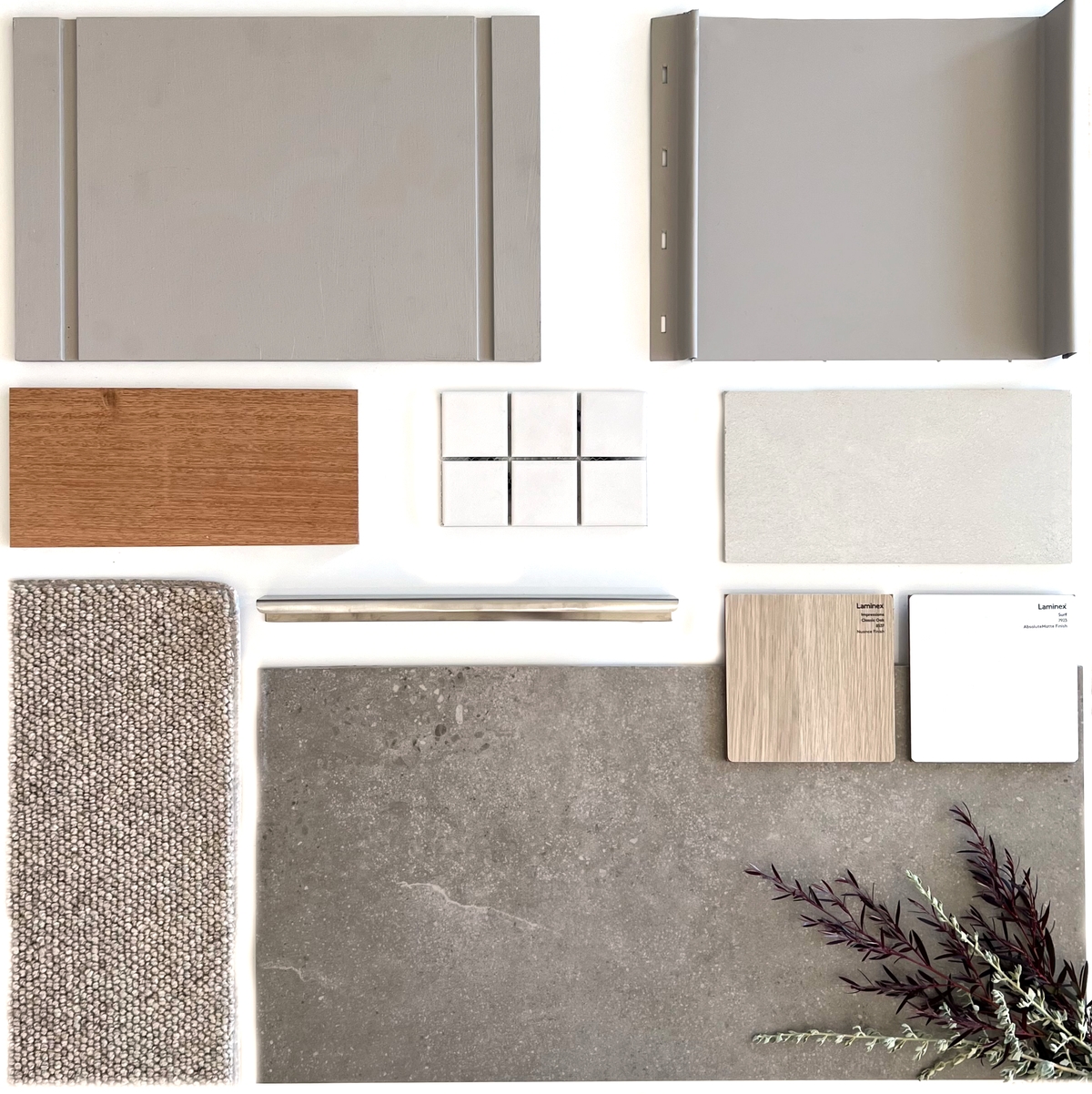
Four sophisticated and contemporary colour palettes have been beautifully curated and carefully considered to suit varying local climates. While light roofs offer benefits in warmer regions, cooler climates like Melbourne or Canberra might favour the warmth provided by darker hues.
Colorbond metal roofing goes beyond aesthetics; its reflective coatings enhance thermal efficiency by minimising heat absorption. This not only creates a comfortable living environment but also reduces reliance on air conditioning, contributing to an energy-efficient home.
Whether you prefer lighter shades for heat reflection or darker colours for added warmth, one of our four colour palettes will align with your aesthetic preferences but also complement your local climate and architectural style.
So why invest in climate-responsive architecture? It's not just about reducing energy consumption; it's a commitment to environmental sustainability, reduced operating costs, and enhanced occupant comfort. As we navigate challenges like upfront costs, regulatory landscapes, and educational gaps, the benefits echo—a resilient and sustainable future, reduced carbon emissions, and structures that stand strong amid climate challenges.
Climate-responsive architecture is the art of building tomorrow's home today. Ecoliv's commitment to designing and constructing homes that align with the climate reflects not just a design philosophy but a commitment—a commitment to harmonise with the environment, reduce our carbon footprint, and create homes where comfort and sustainability intertwine.
Join us in this journey of design, where every decision is a step towards a more regenerative future.

